Burson Audio Timekeeper amplifier
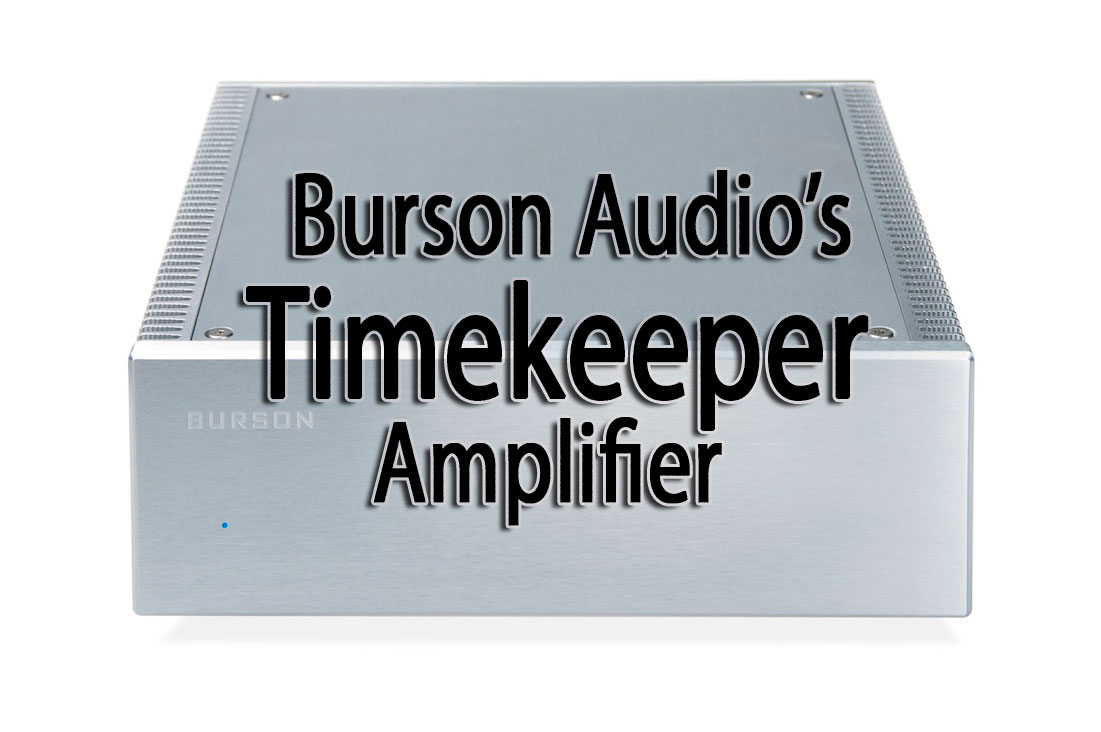
Keeping up with the Timekeeper

 Burson Audio has been making a lot of noise lately, particularly in the American high-end audio arena. Our own Dave Abramson recently wrote glowingly of Burson Audio’s Conductor headphone amp/preamp. The company was founded in 1996 by a group of music enthusiasts and audio engineers based in Melbourne, Australia.
Burson Audio has been making a lot of noise lately, particularly in the American high-end audio arena. Our own Dave Abramson recently wrote glowingly of Burson Audio’s Conductor headphone amp/preamp. The company was founded in 1996 by a group of music enthusiasts and audio engineers based in Melbourne, Australia.  Their fundamental design approach, as stated on the Burson web site, is based on the well known “less is more” philosophy. That is, place as few components in the signal path as possible, and the signal will be purer. Right? Sounds simple and logical, yet many designs fall short of the goal—fewer components do not guarantee better sound. On the other hand, Burson Audio takes this approach further than many other manufacturers. As stated in a recent email,“…we tailor design everything from the ground up including removing the everyday audio building blocks such as IC Op amps or IC regulators.These standardized building blocks inevitably contain many components inside of them which are irrelevant to the design.” And with Dave’s review being so positive, I was intrigued and decided to keep in contact with the folks at Burson Audio. Along with eagerly awaiting an opportunity to audition one of their products.
Their fundamental design approach, as stated on the Burson web site, is based on the well known “less is more” philosophy. That is, place as few components in the signal path as possible, and the signal will be purer. Right? Sounds simple and logical, yet many designs fall short of the goal—fewer components do not guarantee better sound. On the other hand, Burson Audio takes this approach further than many other manufacturers. As stated in a recent email,“…we tailor design everything from the ground up including removing the everyday audio building blocks such as IC Op amps or IC regulators.These standardized building blocks inevitably contain many components inside of them which are irrelevant to the design.” And with Dave’s review being so positive, I was intrigued and decided to keep in contact with the folks at Burson Audio. Along with eagerly awaiting an opportunity to audition one of their products.
That opportunity arrived a few weeks later with the delivery of a large and sturdy box containing two 80-watt Timekeeper stereo amplifiers. The Burson Audio products I’ve seen have always seemed rather small and lightweight. The Timekeepers I received are small, measuring 10″ in length, 3″ in height, and just under 10½” in width. Considering its overall size, one might assume that the Timekeeper is designed around one of those non-traditional circuits, such as Class D, T, or Z, which do not require a hefty power transformer. That wasn’t the case. The Timekeeper weighs 17.6 pounds and is classified as Class A/B. In short, what lies beneath its attractive, yet hefty chassis is an IC-free amplifier with a linear power supply utilizing custom-built transformers. Moreover, special care was taken in laying out the circuit to minimize the signal paths. Again, according to Burson, “through the Timekeeper – we are challenging the established beliefs of size versus performance.” The Timekeeper is an understated beauty. No glitz or glamour anywhere on its faceplate—no blinking lights or pretentious nametags. The Timekeeper’s attractions lie in its build quality and performance. The chassis is made from 6 mm-thick machined aluminum that the company says “improves its mechanical damping factor and thus reduces microphonic distortions that ultimately affect signal clarity.”
Looking at the rear of the unit, there are two sets of speaker connections, a thermostat-controlled internal fan (that I’m told comes on only under extreme conditions), a pair of RCA inputs, a single XLR (for bridge mode only), an XLR/RCA selector switch and a power switch directly above themale IEC. A 230/115-volt selector switch, located adjacent to the male IEC, ensures the Timekeeper’s worldwide adaptability.
One at a Time
You must have heard Lord Acton’s oft-quoted saying that “…absolute power corrupts absolutely.” Well, if that’s true, then I was smart to begin with a single Timekeeper in stereo mode. I hooked the amplifier to a pair of the surprisingly affordable and excellent-sounding 87 dB efficient Alexis Sound Rebecca monitors. I figured the Rebeccas would be a nice place to start in terms of price and performance.
I was also interested in how the Timekeeper would perform in conjunction with my reference, Behold Gentile, which I kept in preamp/DAC mode only. A Marantz DV-9500 SACD player and a pair of remarkably affordable and excellent-sounding interconnects from newcomer Plasencia & Hijos (of Mexico) completed the setup as I began the suggested 150-hour burn-in.
Preliminary impressions (i.e., before the 150-hour mark) were that the Timekeeper had a game, full-bodied, yet detailed sound. I liked its energetic flow that conveyed a dynamic sense of liveliness with nary a hot spot in the upper frequencies. So far, so good. After the 150-hour point passed, I was able to observe even more dynamic swings in the music.
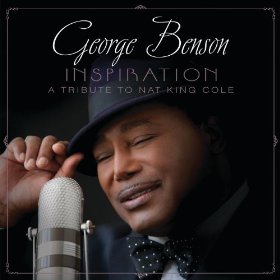 George Benson’s rendition of the classic song Unforgettable, from his latest CD “Inspiration: A Tribute to Nat King Cole,” has been receiving a lot of play since its release in early June. This cut features Wynton Marsalis on trumpet, and his playing is captured splendidly through this amp. What I particularly enjoyed was the Timekeeper’s ability to capture Benson’s velvety-rich vocal phrasings while simultaneously allowing the strings to effortlessly soar above his voice. The transition from vocals to instruments—violins, bass, and drums—was surprisingly smooth and presented in proper harmonic relationship, giving the listening experience a sense of realism I hadn’t expected in this price range.
George Benson’s rendition of the classic song Unforgettable, from his latest CD “Inspiration: A Tribute to Nat King Cole,” has been receiving a lot of play since its release in early June. This cut features Wynton Marsalis on trumpet, and his playing is captured splendidly through this amp. What I particularly enjoyed was the Timekeeper’s ability to capture Benson’s velvety-rich vocal phrasings while simultaneously allowing the strings to effortlessly soar above his voice. The transition from vocals to instruments—violins, bass, and drums—was surprisingly smooth and presented in proper harmonic relationship, giving the listening experience a sense of realism I hadn’t expected in this price range.
The soundstage was as rich and detailed as it was transparent, and it had a reach that spanned across my front wall. Never once did it appear exaggerated in terms of depth, width, or height. In fact, I was very impressed by how often the Timekeeper invited me to play the music louder due to its vanishingly low distortion levels.
Additionally, there is a sense of wholesomeness associated with the Timekeeper that is at once disarming and difficult to evaluate and describe critically. The bass is quick as a wink, taut, and sure-footed, with a well-sustained rendering of proper overtones: it leaves no doubt that the Timekeeper’s small chassis contains an amplifier design that has a surprisingly high purity quotient.
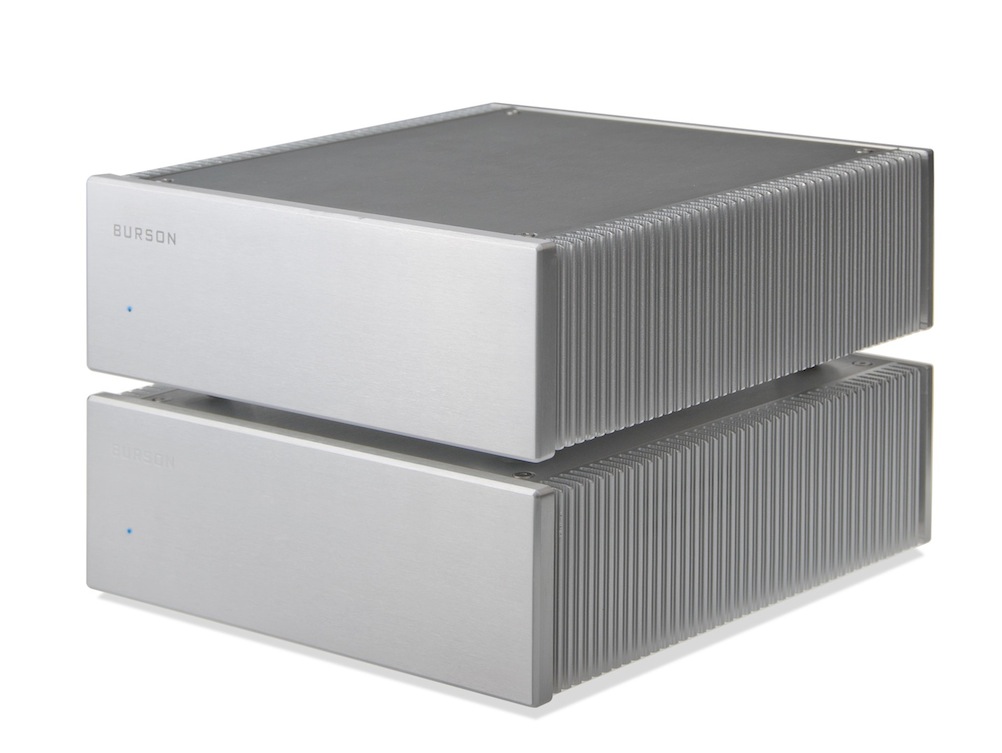
I was enjoying the stereo 80-watt Timekeeper, but you should have seen the look on my face after installing a second Timekeeper! Bridged, these little monoblocks produce a whopping 240 watts. The overall sonic signature of a single stereo unit —naturalness, purity, and speed —is carried over to the mono block configuration as well. However, in bridged mode, the dynamics, sense of ease, scale, and treble sweetness changed subtly but distinctly for the better.
 All Blues, from pianist Mike Longo’s CD entitled “A Celebration of Diz and Miles,” is a live recording I admire and never tire of hearing. Listening in bridged mode, I would swear the noise level dropped considerably. The Rebecca monitors were quite stable and adept in the midrange and mid-bass, but there is no question they needed more power and control in the lower frequency range.
All Blues, from pianist Mike Longo’s CD entitled “A Celebration of Diz and Miles,” is a live recording I admire and never tire of hearing. Listening in bridged mode, I would swear the noise level dropped considerably. The Rebecca monitors were quite stable and adept in the midrange and mid-bass, but there is no question they needed more power and control in the lower frequency range.
It is interesting to note that with small monitors which generally roll-off somewhere around 50 Hz, sustaining a convincing frequency balance – one that doesn’t drop precipitously – is demanding of any amplifier, (especially when the loudspeaker isn’t as inefficient as the Rebecca). Having the extra power of bridged mode gave the music a sense of enhanced life and scale, particularly in the low-end. No, the bass didn’t become room rattling, but it did become solid enough to convince a couple of friends that a subwoofer must be tucked away in a corner. In short, the Rebeccas not only liked the extra power, they absolutely thrived on it.
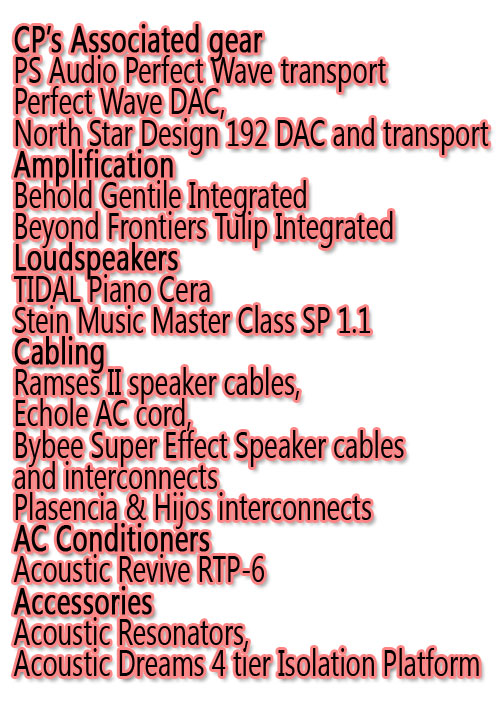 A pair of Burson Audio Timekeeper amplifiers retails for around $5,200, which places them among some steep competition. Hooked up to my pair of TIDAL Piano Cera loudspeakers (coming in a $24,000 retail), the Timekeepers performed way beyond what one would expect for their asking price. Of course, the sense of scale and dynamic intensity is much greater with this combination than the Rebecca monitors—or any other mini-monitor I can think of.
A pair of Burson Audio Timekeeper amplifiers retails for around $5,200, which places them among some steep competition. Hooked up to my pair of TIDAL Piano Cera loudspeakers (coming in a $24,000 retail), the Timekeepers performed way beyond what one would expect for their asking price. Of course, the sense of scale and dynamic intensity is much greater with this combination than the Rebecca monitors—or any other mini-monitor I can think of.
The 200-watt Beyond Frontiers Tulip integrated, hybrid amplifier ($18,000), as well as the Behold Gentile (also around $18,000) are far more expensive than a pair of Timekeepers. However, the Timekeepers in bridged mode never seemed to be bothered by the fact that they were up against far pricier competition. Rather, they concentrated on letting the music through in a most natural and unfettered way.
The analog Burson Audio Timekeeper cannot match the extreme power ratings of digital amplifiers, nor does it have to. Their overall character is remarkably reminiscent of a pair of classic Levinson ML23 stereo amplifiers I owned two decades ago. The ML23s are legendary and among the best amplifiers I have ever owned, particularly in regard to bass reproduction. The Timekeepers share a similar spirit and charm, but in a very compact chassis. They have a musical balance that belies their size and asking price, an uncanny ability to allow the music to flow effortlessly. I spent night after night listening and enjoying. I don’t think that at this price point, there is higher praise to be offered.
Consider this: the uber-expensive and highly touted Halcro (never forgot their DM68 amps’ remarkable noise measurements) is the only other company I am aware of that also manufactures high-end audio products in Australia. That the Burson Audio Timekeeper also boasts an ultra-quiet signal path but retails for less than one-tenth the asking price of the dm68 is downright startling. Therefore, I believe the Burson Audio Timekeeper is among the Best in Class ($2500-$5000), as well as my pick for Publisher’s Choice Most Wanted Component 2013. Personally, I love to hear anything in its price range that can compete and/or outperform a pair of these miniature musical beasts. Highly recommended.


Price: $2,600.00 USA
Measurement
THD: (1khz @ 8 Ohm) 0.03%
Frequency response: 0hz – 50Khz (+/-3Db)
Signal to noise ratio: >98dB (CD , Line level)
Input Sensitivity / Impedance: 240 mV / 20K
Power Consumption: 300W (peak)
Stereo Mode: Output power: 80W @ 8 Ohm
Bridge Mode (RCA & XLR): Output power: 240W @ 8 Ohm
Operation Class AB
Power Consumption: 300W Peak
Power Requirement: 240V / 110V AC
Inputs:
2 x RCA line level input
1 x RCA line level input (For RCA bridge mode)
1 x XLR input (for XLR bridge mode)
Outputs:
2 x Stereo Speaker Blinding post
General:
Weight: app. 8 kg
Colour: silver anodized aluminium
Dimensions: 265 mm x 255 mm x 80 mm
Package Content
1 x Timekeeper Power Amp
1 x Power cable
1 x User Manual (including 24 months warranty registration information)
Manufacturer
Burson Audio
www.bursonaudio.com
Stereo Times Masthead
Publisher/Founder
Clement Perry
Editor
Dave Thomas
Senior Editors
Frank Alles, Mike Girardi, Russell Lichter, Terry London, Moreno Mitchell, Paul Szabady, Bill Wells, Mike Wright, and Stephen Yan,
Current Contributors
David Abramson, Tim Barrall, Dave Allison, Ron Cook, Lewis Dardick, John Hoffman, Dan Secula, Don Shaulis, Greg Simmons, Eric Teh, Greg Voth, Richard Willie, Ed Van Winkle, Rob Dockery, Richard Doron, and Daveed Turek
Site Management Clement Perry
Ad Designer: Martin Perry


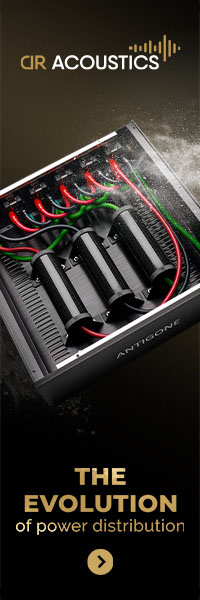
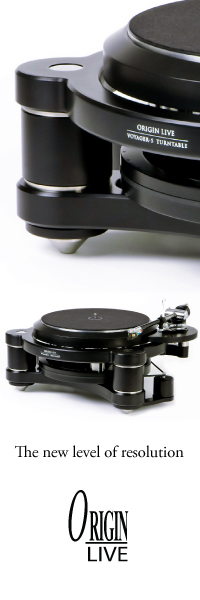

Be the first to comment on: Burson Audio Timekeeper amplifier